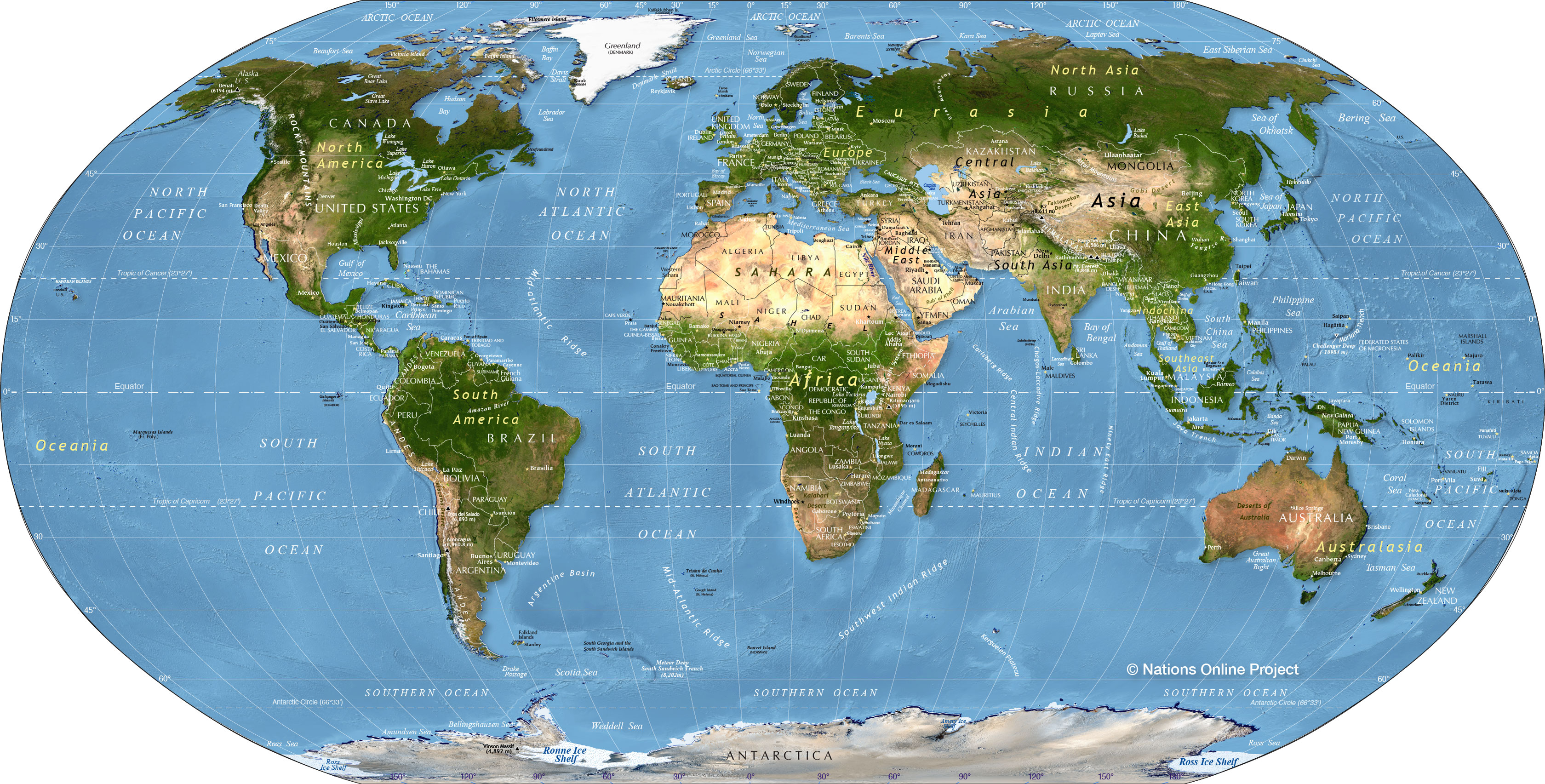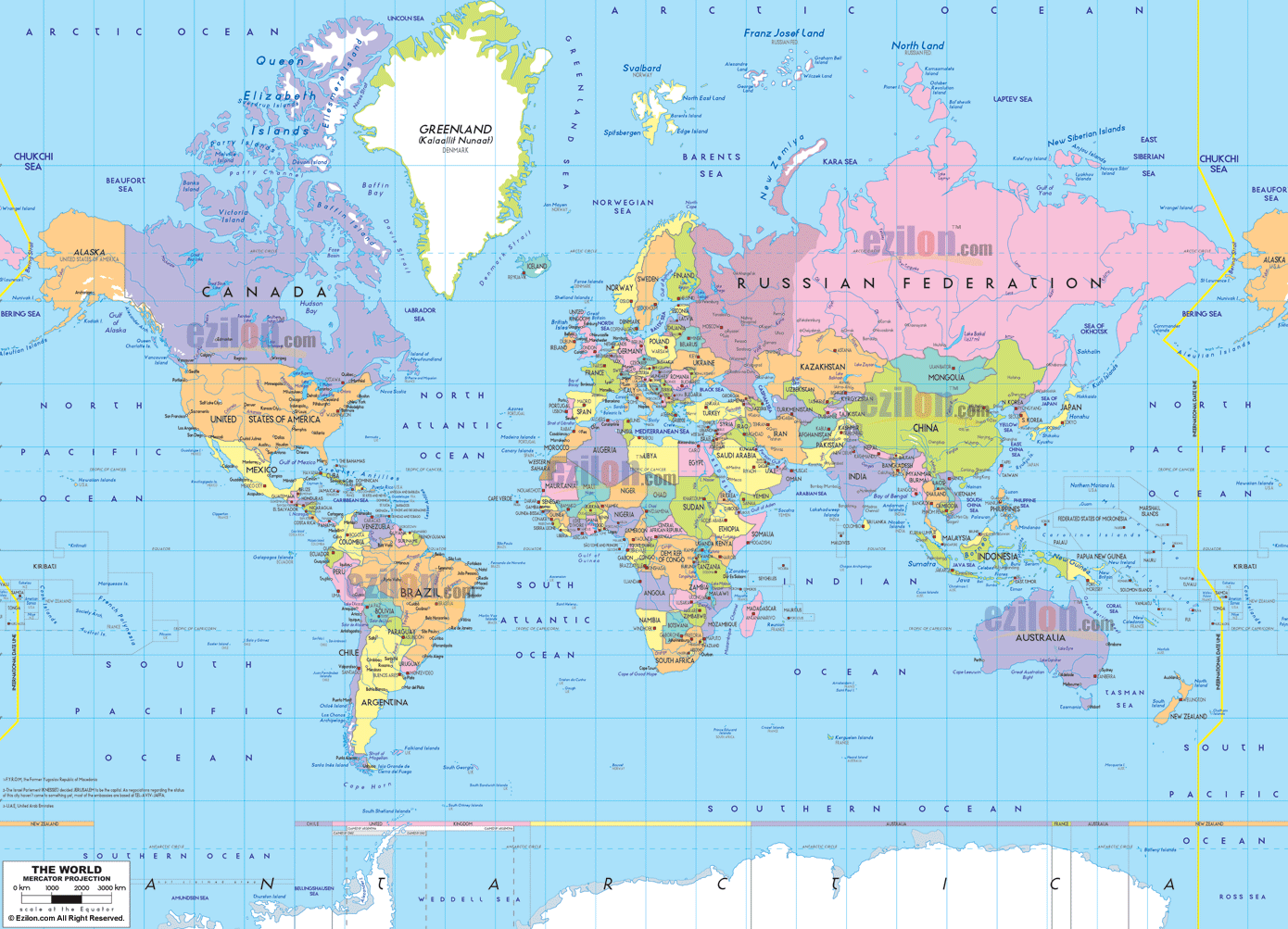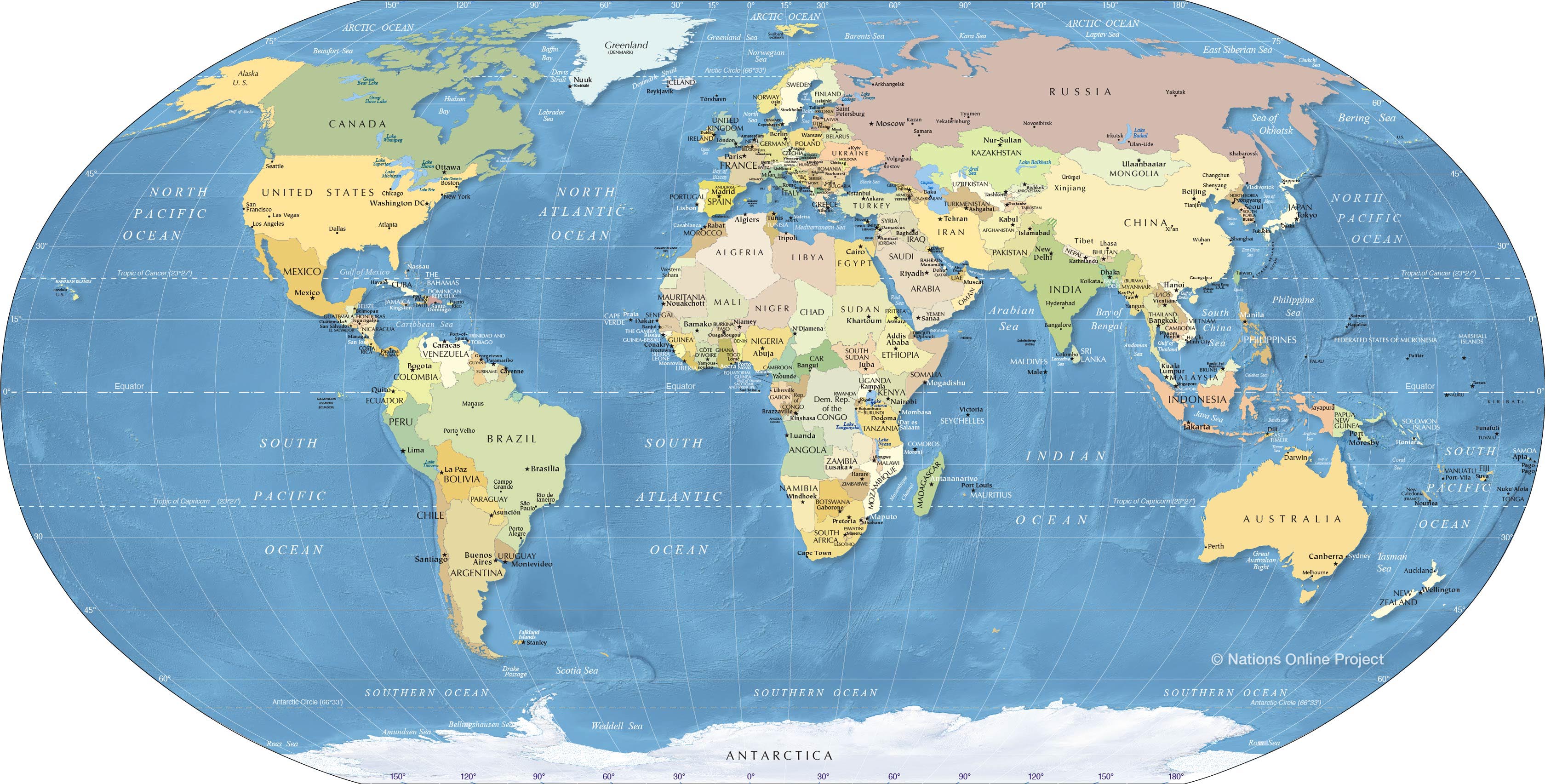
The map of the Havasupai Tribe in the Grand Canyon is far more than a mere cartographic representation of geographical boundaries. It is a living document, etched with centuries of history, resilience, and a profound cultural identity inextricably linked to the land and, most crucially, its life-giving water. For any traveler or history enthusiast seeking to understand the Grand Canyon beyond its panoramic vistas, this map offers a gateway into the heart of a vibrant Indigenous nation, revealing a narrative of survival, sacred stewardship, and the enduring spirit of the "People of the Blue-Green Water."
The Geographical Core: Havasu Canyon’s Embrace
At its most fundamental level, the Havasupai map pinpoints a specific, breathtaking corner of the Grand Canyon: Havasu Canyon. This is a side canyon, a tributary to the main Colorado River, distinguished by its vibrant, mineral-rich blue-green waters that cascade over dramatic travertine falls. The map shows Supai Village, the tribe’s only permanent settlement, nestled deep within this canyon – an oasis of lush vegetation amidst the arid, towering red cliffs.
Access to Supai is notoriously challenging, a fact immediately evident on any detailed map. The nearest road access point, Hualapai Hilltop, is a remote location many miles from the main Grand Canyon tourist hubs. From there, an 8-mile hike or horseback ride descends dramatically into the canyon, underscoring the tribe’s historical isolation and self-sufficiency. This physical remoteness, clearly depicted by the winding trails and absence of major roads on the map, has historically both protected the Havasupai and presented immense challenges for infrastructure and connection to the outside world.

The map illustrates the unique hydrogeology of the region. Havasu Creek, originating from underground springs that filter through limestone, carries dissolved calcium carbonate, which gives the water its iconic color and forms the travertine dams responsible for the spectacular waterfalls: Navajo Falls, Fiftyfoot Falls, Havasu Falls, Mooney Falls, and Beaver Falls. These aren’t just natural wonders; for the Havasupai, they are sacred sites, central to their cosmology, identity, and, increasingly, their economy. The map, therefore, highlights not just physical locations, but points of spiritual and cultural significance.
Tracing History on the Map: From Ancestral Domain to Reservation
To truly grasp the Havasupai map, one must understand its historical evolution, which reflects a centuries-long struggle for land and sovereignty.
1. The Vast Ancestral Lands: Before European contact, the Havasupai’s traditional territory spanned a far greater area than their current reservation. Their ancestral domain covered approximately 3 million acres, stretching from the San Francisco Peaks near Flagstaff north to the Colorado River, and west to what is now Peach Springs. On a historical map, this territory would appear vast, encompassing both the plateau lands for hunting and gathering (deer, antelope, agave, yucca) and the canyon for farming (corn, beans, squash) during different seasons. They were semi-nomadic, moving with the seasons and resources, embodying a deep, holistic connection to the entire landscape, not just the canyon floor. This extensive range is a crucial element of their identity, even if it’s no longer reflected in their official boundaries.

2. Encroachment and Shrinkage: The arrival of Spanish explorers, American trappers, miners, and settlers in the 19th century drastically altered the Havasupai’s world. The map began to shrink. Prospectors encroached on their plateau lands, disrupting hunting grounds and vital resources. The establishment of the Santa Fe Railroad further facilitated settlement and resource extraction.
A critical turning point was the creation of the Grand Canyon Forest Reserve in 1908, followed by Grand Canyon National Park in 1919. These acts, driven by conservation efforts and tourism development, effectively dispossessed the Havasupai of the vast majority of their ancestral lands. The initial Havasupai Indian Reservation, established in 1880 and later expanded, was a tiny fraction of their traditional territory – a mere 518 acres confined to the canyon floor. This drastic reduction is visually striking when comparing historical and modern maps, demonstrating a severe geographical constriction that threatened their way of life, forcing them to abandon their seasonal movements and rely solely on canyon agriculture and limited resources.
3. The Landmark Victory: The Havasupai Indian Reservation Act of 1975: The map underwent its most significant transformation in the late 20th century, a testament to the Havasupai’s unwavering determination. After decades of relentless advocacy, legal battles, and political pressure, the Havasupai Indian Reservation Act was signed into law in 1975. This landmark legislation returned approximately 185,000 acres of their ancestral plateau lands, previously held by the U.S. Forest Service and Grand Canyon National Park.
The impact of this act on the Havasupai map was monumental. It expanded their reservation boundaries significantly, particularly on the plateau surrounding the canyon. This wasn’t just about land; it was about the return of sacred sites, traditional hunting grounds, and vital spiritual connections. The map, post-1975, reflects a partial restoration of their ancestral domain, symbolizing a profound victory for Indigenous rights and cultural preservation. It represents not just physical space, but a reclamation of identity and a re-affirmation of their sovereign rights within the larger American landscape.

The Map as a Cultural Blueprint: Havasupai Identity Unveiled
Beyond its geographical and historical dimensions, the Havasupai map is a blueprint of the tribe’s identity, revealing their intrinsic relationship with their environment.
1. The "People of the Blue-Green Water": The Havasupai’s very name, Havasuw baaja, meaning "people of the blue-green water," underscores the central role of water in their existence. The map clearly marks Havasu Creek and its magnificent waterfalls, which are not just features but veins of life. These waters irrigate their crops, provide sustenance, and are integral to their spiritual beliefs. The blue-green color of the water, distinct on any color-coded map, is a visual identifier of their unique home and heritage. The waterfalls are not mere tourist attractions; they are sacred entities, each with its own stories and ceremonies. The map, by highlighting these features, visually articulates the core of Havasupai identity.
2. Sacred Landscape and Oral Traditions: For the Havasupai, every feature on their map—every canyon wall, every spring, every cave—is imbued with meaning and history. Oral traditions, passed down through generations, connect specific locations to creation stories, ancestral journeys, and significant events. While these stories aren’t explicitly drawn on a conventional map, understanding the Havasupai perspective reveals that the lines and names represent a rich tapestry of cultural memory. The trails winding through the canyon, shown on the map, are not merely paths; they are ancient routes connecting sacred spaces, used for millennia by their ancestors.
3. Resilience and Self-Determination: The current Havasupai map is a testament to the tribe’s extraordinary resilience. Despite facing immense pressures—dispossession, disease, forced assimilation, and the constant threat of cultural erosion—they have maintained their language, traditions, and distinct way of life. The boundaries on the map delineate a sovereign nation that has fought tirelessly to preserve its heritage and self-govern within its ancestral lands. This boundary isn’t just a line; it’s a boundary of cultural endurance.
Modern Havasupai: Navigating Tourism and Preservation

Today, the Havasupai map also illustrates the complex interplay between traditional life and the modern world, particularly the impact of tourism. The tribe’s remote location and the breathtaking beauty of Havasu Canyon have made it a world-renowned destination.
1. Tourism as an Economic Lifeline: The map often highlights designated campgrounds, tourist trails, and even the helipad near Supai Village, indicating the infrastructure built to support the thousands of visitors who seek to experience the falls annually. Tourism, managed strictly by the Havasupai Tribe, has become the primary economic driver, providing jobs and revenue crucial for tribal services and self-sufficiency. This includes permits, lodging, guiding services, and the use of pack mules. The map, in this context, shows the areas open to visitors versus the more restricted, culturally sensitive areas of the reservation.
2. Balancing Preservation and Progress: The challenge for the Havasupai, reflected in their ongoing management of their lands, is to balance the economic benefits of tourism with the imperative to preserve their cultural integrity and fragile environment. The map can be seen as a tool for this management, delineating areas for visitor use, resource protection, and tribal community spaces. The limited number of permits issued annually, for instance, is a tribal decision aimed at preventing over-tourism and its potential negative impacts on their sacred home.
3. Future Challenges and Stewardship: The Havasupai map also points to future challenges. Climate change impacts on water resources, the ongoing need for sustainable tourism practices, and the continuous effort to protect their land from external pressures are all implicit in the current representation of their territory. The tribe’s active management of their land, shown through designated areas and regulations, highlights their role as stewards of this unique and vital ecosystem.
The Map’s Enduring Message
In conclusion, the map of the Havasupai Tribe in the Grand Canyon is a powerful, multi-layered narrative. It begins as a geographical guide to one of the world’s most stunning natural wonders but quickly transforms into a profound historical document of resilience, a cultural blueprint of identity, and a contemporary testament to Indigenous sovereignty. For those who gaze upon it, it demands more than just navigation; it calls for an understanding of the deep, spiritual connection between a people and their land. It serves as a vital reminder that the Grand Canyon is not just a geological marvel, but a living landscape, home to the Havasupai, whose history and identity are as deeply carved into its canyons as the blue-green waters that define their very name. To visit Havasupai, guided by this map, is to walk through history, witness profound beauty, and engage with a vibrant, enduring culture.
